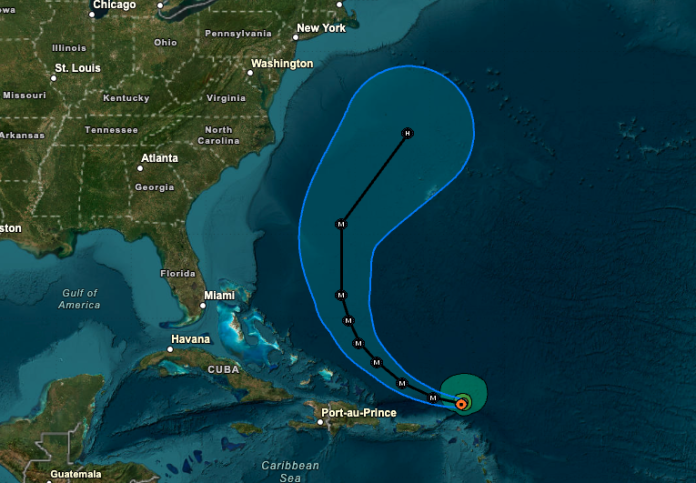Hurricane Erin, now a Category 5 storm with sustained winds between 160 and 175 mph, is churning far southeast of North Carolina while officials and residents keep a close eye on coastal threats expected mid-week.
Erin’s rapid intensification has been nothing short of eye-opening. In under 24 hours the storm accelerated from a tropical storm to a major hurricane, a rare and concerning escalation spurred by unusually warm Atlantic waters and favorable atmospheric conditions.
Right now, Erin is tracking northwestward north of the Leeward Islands before making a more northerly turn in the coming days. Its path is expected to run between Bermuda and the U.S. East Coast, roughly offshore of North Carolina.
What North Carolina Can Expect
The state is not in the direct path of Erin. Still, meteorologists say coastal waters and beaches from the Outer Banks south could face hazardous conditions by mid- to late-week.
- Rip currents: Swimmers should be on alert. Dangerous currents could develop, especially at popular spots like the Outer Banks.
- Long-period swells: These will begin affecting the southern North Carolina coast by Sunday and Monday, increasing risks for boating and shallow-water navigation areas such as Frying Pan Shoals and the Cape Fear River.
- Coastal erosion and overwash: As the week progresses, persistent waves may cause beach erosion or overwash, particularly where dune systems are already weakened.
- Marine hazards: Boaters, surfers, and beachgoers should prepare for rough seas and shifting conditions, even though the eye is expected to stay offshore.
Local Weather Outlook
Southern Pines can expect the typical humid summer stretch ahead. Over the next week, highs will hover in the low 90s with chances of afternoon thunderstorms. Beach-goers should note that the best conditions for waves and strong surf are likely later in the week.

